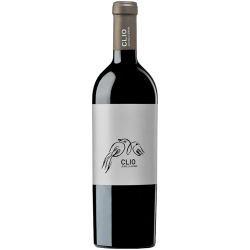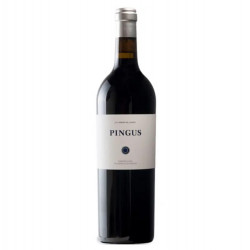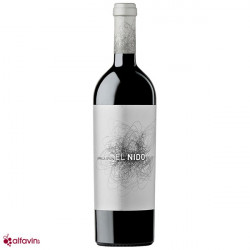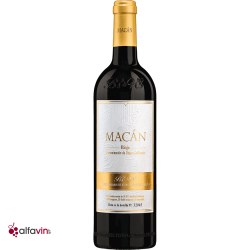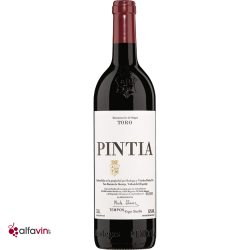2.1 Colour
The wine should be viewed against a white background or light to observe the colour and clarity. For the colour, we can use a colour chart. For example, we can say pale yellow, golden yellow, amber ... for white wines, or purple, ruby, cherry ... for red wines.
The intensity is also a criterion to analyse from pale to intense through average, sustained, dark, deep ...
Tilt the wine glass away from you to expand the rim and note the colour of the wine from the edges to the middle. The difference is the colour that marks the rim at its boundary with the wine glass. It indicates the age of the wine. A young dry white wine will have a greenish hue, a red wine a purplish hue, or blue. With aging, the shade becomes amber or tiled. In the final stages of aging, white and red wines have almost the same colour of light mahogany.
2.2 Clarity (or transparency)
We generally use the terms clear, light, transparent or on the contrary muddy, broken, cloudy, warped, etc..
A cloudy wine is not necessarily a sign of default. A growing proportion of winemakers produce unfiltered wines as reported on the bottle. These are producers who feel that the slight disorder is a minor problem compared with the benefits: subtlety and complexity of flavours.
2.3 Viscosity
This is the fluid and mobile aspect that the wine presents when you spin the glass. Two points should be observed.
1. The rim (tilt the glass and observe the surface of the wine on the edge of the glass)
2. The streaks (formed on the wall of the glass after swirling). These streaks that stream down the glass are called the "tears" or "legs".
The legs and the thickness of the rim indicate the content of glycerol (fats), alcohol (ethanol) and sugars. If more legs are abundant then the content of glycerol / ethanol is high. If more legs are slow to drain, then the residual sugar content is high. This type of tasting concerns mainly the big wines, opulent and rich but also sweet and liqueur like wines.
2.4 Effervescence
The effervescence is due to the presence of CO2.
In a sparkling wine, we judge the speed and finesse of the bubbles, the persistence of release, keeping the cord of bubbles along the wall of the glass.
learn more



 1. The temperature of the wine
1. The temperature of the wine
 2. Visual examination
2. Visual examination
 3. The olfactory examination
3. The olfactory examination
 4. Taste sensations
4. Taste sensations
